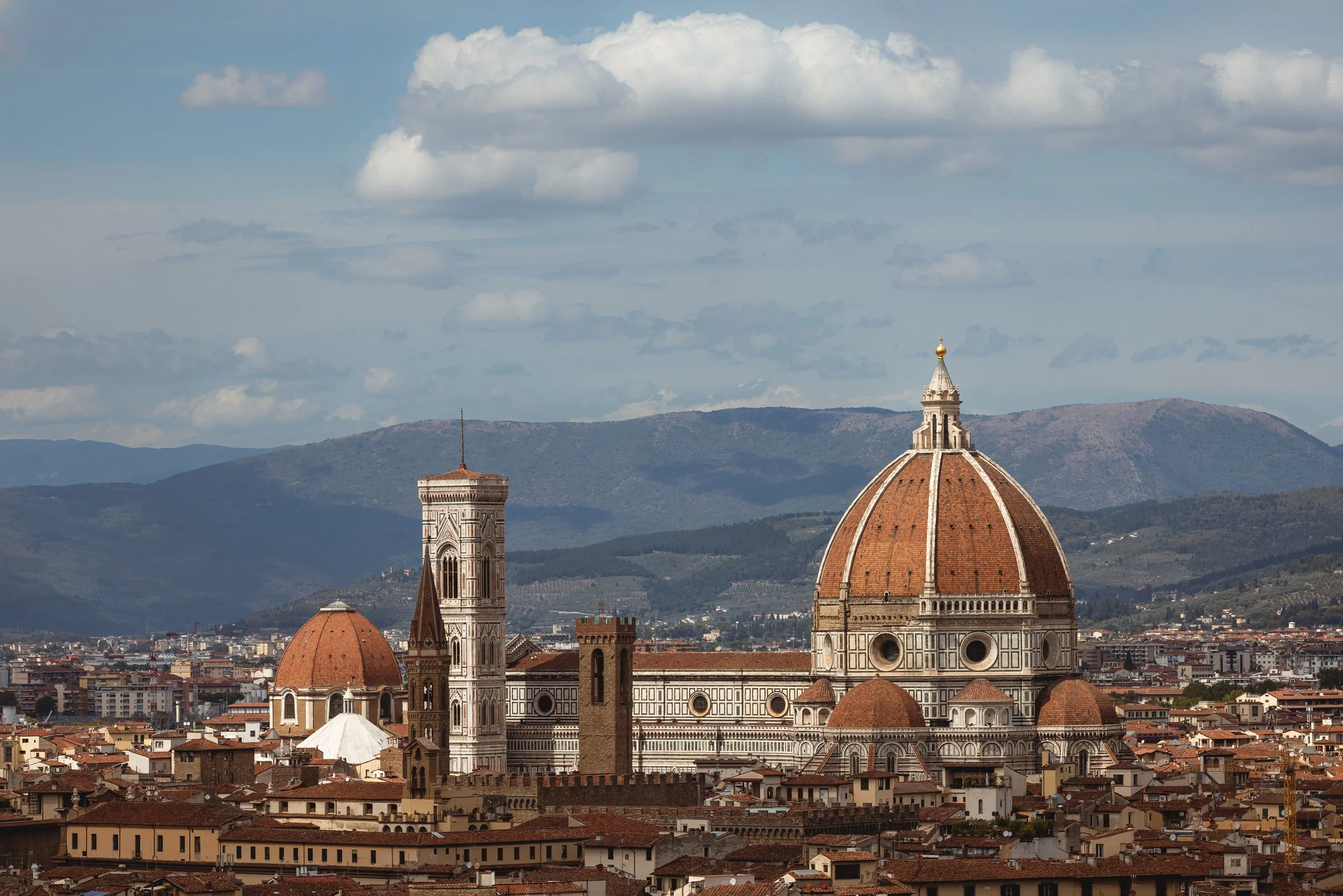


The Most Photogenic U.S. National Parks for First-Time Visitors
Discover the most photogenic U.S. National Parks for first-time visitors from Yosemite to Zion and beyond!

Colors of Colombia
Dive deeper into the magic of Colombia and learn about the culture, landscapes and gastronomy of the country.

